People invest in rooftop solar power but can only sell it to EVN for 0 VND because the management agency is concerned about "system insecurity".
In the recent Draft Decree, the Ministry of Industry and Trade proposed that people who invest in rooftop solar power for self-use can connect to the national power system and sell excess output to EVN, but at a price of 0 VND. Excess electricity is also not allowed to be sold to other organizations or individuals. The drafting agency even plans to add regulations for people to install equipment to minimize the output to the system.
The main reason explained by the Ministry of Industry and Trade is that excess electricity can affect the safety and security of the power system.
Currently, solar energy depends on solar radiation and weather factors, but these are uncertain factors. When there is no solar radiation (clouds, rain or at night), the national grid must still ensure adequate power supply. This leads to changes, rapid increases and decreases in the system, making the background power source unstable. Thus, according to the Ministry of Industry and Trade, there needs to be state management and supervision to ensure safe operation.
In addition, the management agency also wants to control the total capacity scale nationwide according to the Power Plan VIII approved by the Prime Minister . Specifically, by 2030, rooftop solar power will be increased by 2,600 MW. By the end of July, more than 1,000 rooftop solar power systems with a total capacity of 399.96 MW had been connected to the grid waiting to be added to the plan. Therefore, the total remaining capacity connected to the system from now until 2030 is only about 2,200 MW. "When the total capacity exceeds 2,600 MW, it will affect the power source structure of the system," the Ministry of Industry and Trade stated.
Energy expert, Associate Professor Dr. Tran Van Binh, also said that solar and wind power sources have low reliability while the power system must ensure stable operation. Therefore, the system needs to calculate the proportion of this renewable power source to ensure it.
"Electricity is a special commodity, it is produced as much as needed, unlike other industries that can produce in advance and then store in storage," he explained. According to experts, there are currently some countries like Singapore or the US that can store up to 200 MW of electricity, but for Vietnam, this is still a story of the future. "Vietnam will have to wait 10-20 years before it can think about it. Obviously, the system will have difficulties and the operator does not encourage it for that reason," he said.
Minister of Industry and Trade Nguyen Hong Dien also admitted in the National Assembly in November that there must be a stable source of electricity to run the grid in order to be able to develop unlimited capacity with rooftop solar power. That means, technology and transmission systems must be further developed.
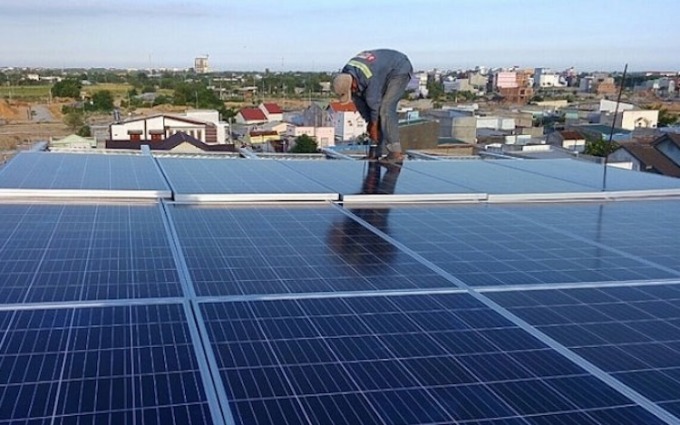
Workers install a rooftop solar power system in Ho Chi Minh City, October 2020. Photo: Hoang Minh
Analysts say that current proposals mean that the State's policies do not encourage rooftop solar power trading activities by small organizations and individuals, including sales to EVN.
In fact, electricity from solar panels when not fully used will have to be discharged to operate the power source stably, without damaging the equipment. That is, when not generating electricity to the grid, people have to invest in additional storage systems, leading to increased investment costs, increasing social resources when dealing with the environment later.
According to calculations by a Chinese expert in the field of energy storage, who is also consulting for businesses in Vietnam, a parking service station project with an area of 8,000 m2 can install a maximum of 2,000 m2 of battery array. The business investing in this station will have to spend more than 2 billion VND for the photovoltaic system and more than 5 billion VND for the storage system to be able to use it at night.
For households and small companies, a 1-3 kW solar power system with a 10-30 m2 solar panel array can cost 40-50 million VND. The cost can double if you invest in a similar system but with a storage device installed. The increased investment cost prolongs the payback period. With an initial investment of 100 million VND, if a household uses 2-3 million VND of electricity per month, it will take about 3-5 years to recover the capital instead of just 2 years as before.
With such a relatively large cost, Dr. Ngo Tri Long said that the zero price "does not encourage people to install rooftop solar power". However, he also noted that the current state of Vietnam's power transmission system is still limited and cannot meet the demand if it is allowed to develop massively. Therefore, the problem here is to invest in synchronous infrastructure, especially the transmission system so that when receiving renewable power sources, it does not affect the safety of the system.
This bottleneck was also mentioned by Dr. Nguyen Anh Tuan, former Director of the Center for Renewable Energy, Institute of Energy (Ministry of Industry and Trade). Mr. Tuan said that the Government and the Ministry of Industry and Trade need to soon issue decrees guiding the implementation of the Electricity Law, especially policy mechanisms for the private sector to invest in their own power transmission systems and operate the systems they invest in themselves.
Instead of the electricity trading plan , energy expert Dao Nhat Dinh proposed a mechanism to encourage investment and consumption in a neighboring area (village, commune, neighborhood). This policy is expected to reduce pressure on investment capital and avoid wasting clean electricity.
Saying "disagreeing with the proposal", expert Tran Van Binh said that incentives should be given, especially in the North, to encourage people to invest in rooftop solar power. He proposed installing two-way meters so that "when there is a surplus, people can push it to the grid for 0 VND, and when there is a shortage, the system will compensate the people for that amount of electricity".
"Two-way meters are already used in other countries, if management is difficult, we can buy their software to do it," Mr. Binh said. He calculated that according to the Power Plan VIII, 50% of households are 13 million households, each household investing 3-5 KW will bring a huge source of energy. Along with that, according to this expert, the role of the State here is to pay attention to the quality of solar power equipment to ensure the quality and ability to recover capital for the project.
Currently, some countries have policies to buy and sell excess rooftop solar power from people such as Germany, the US or typically Australia. This country builds a FIT price list to pay for the amount of electricity sold to the grid by households installing rooftop solar power. The price and implementation conditions may vary depending on each electricity retailer. Applying FIT price helps reduce the payback period of investors.
In the US, to change incentive policies, including the price of buying back excess electricity from solar panels, utility regulators in each state must vote.
Electricity prices vary widely across countries, and can even be purchased at negative prices. China, a country with a policy of buying excess electricity from its citizens, added more than 51 GW of small-scale solar power last year. However, the rapid pace of installation has overloaded the grid in some areas. Shandong, a province in China, recently announced a policy of buying solar power at negative prices to limit supply during times of surplus production.
Phuong Dung
Source link



![[Photo] Lam Dong: Images of damage after a suspected lake burst in Tuy Phong](https://vphoto.vietnam.vn/thumb/1200x675/vietnam/resource/IMAGE/2025/11/02/1762078736805_8e7f5424f473782d2162-5118-jpg.webp)
![[Photo] President Luong Cuong receives US Secretary of War Pete Hegseth](https://vphoto.vietnam.vn/thumb/1200x675/vietnam/resource/IMAGE/2025/11/02/1762089839868_ndo_br_1-jpg.webp)



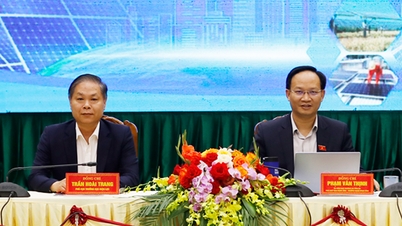



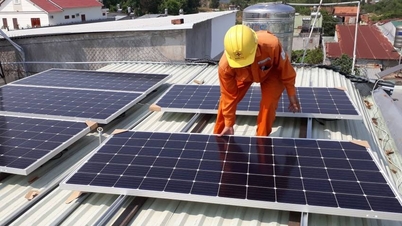



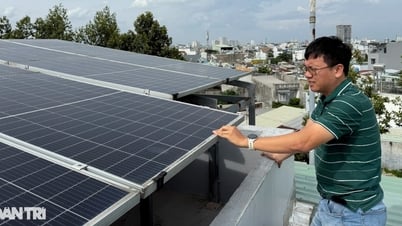


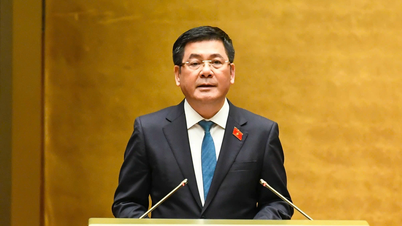





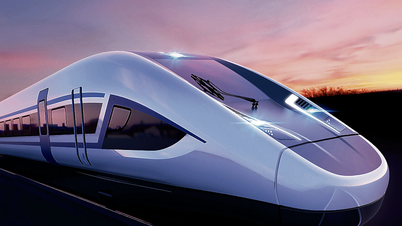





















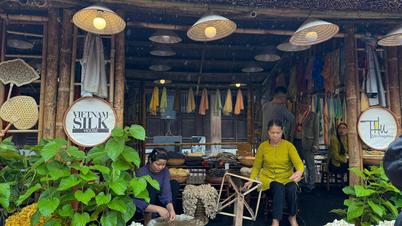

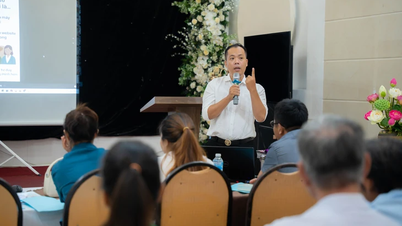





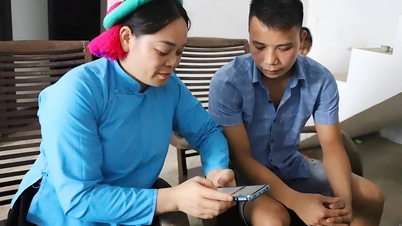
















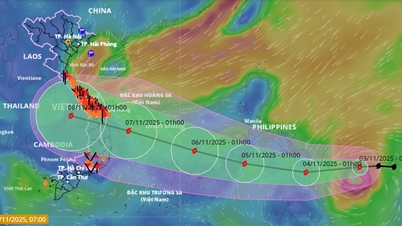
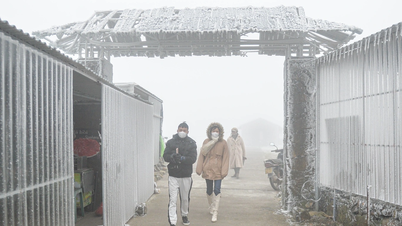


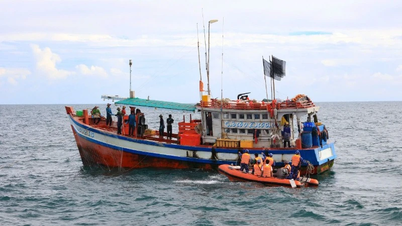
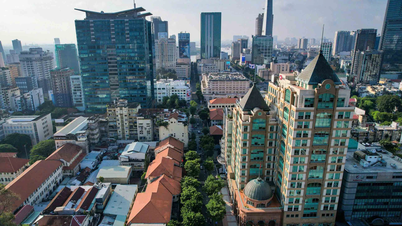



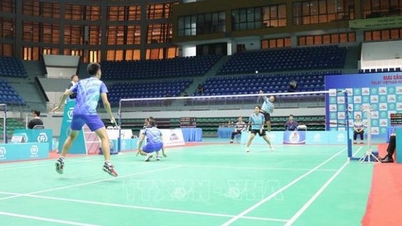
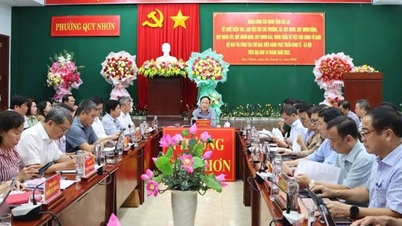



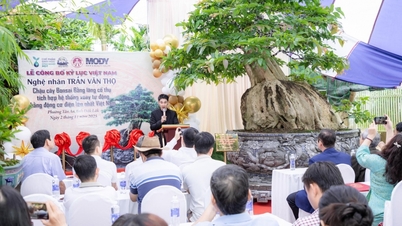

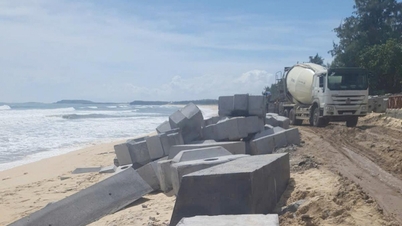

















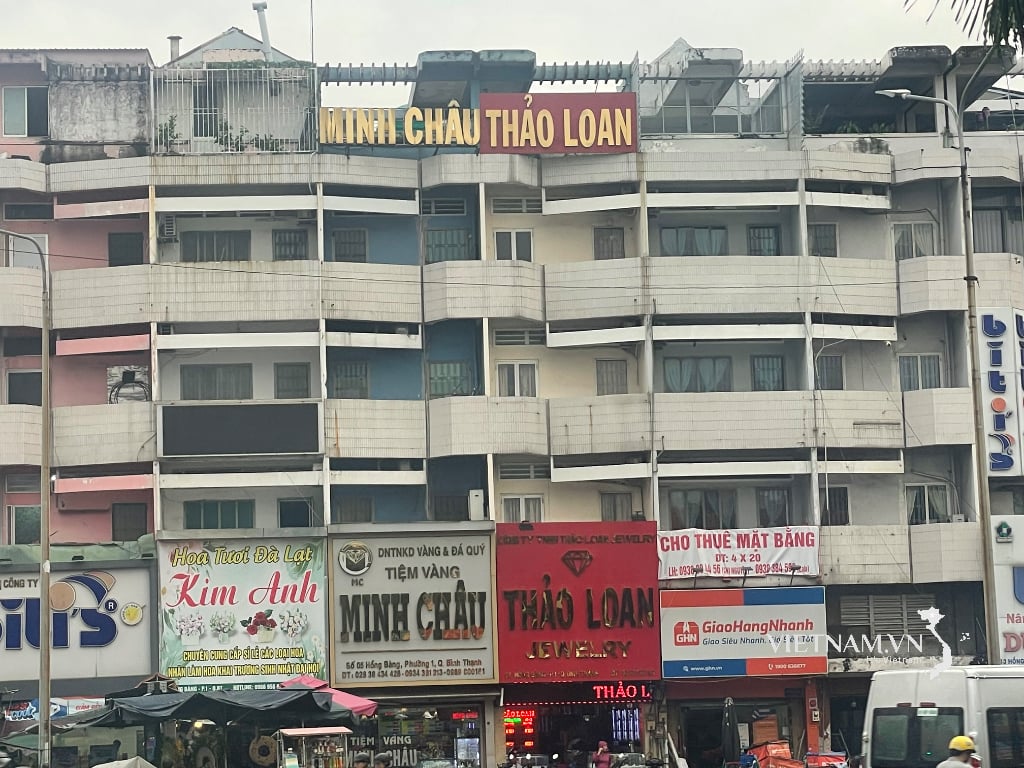

Comment (0)